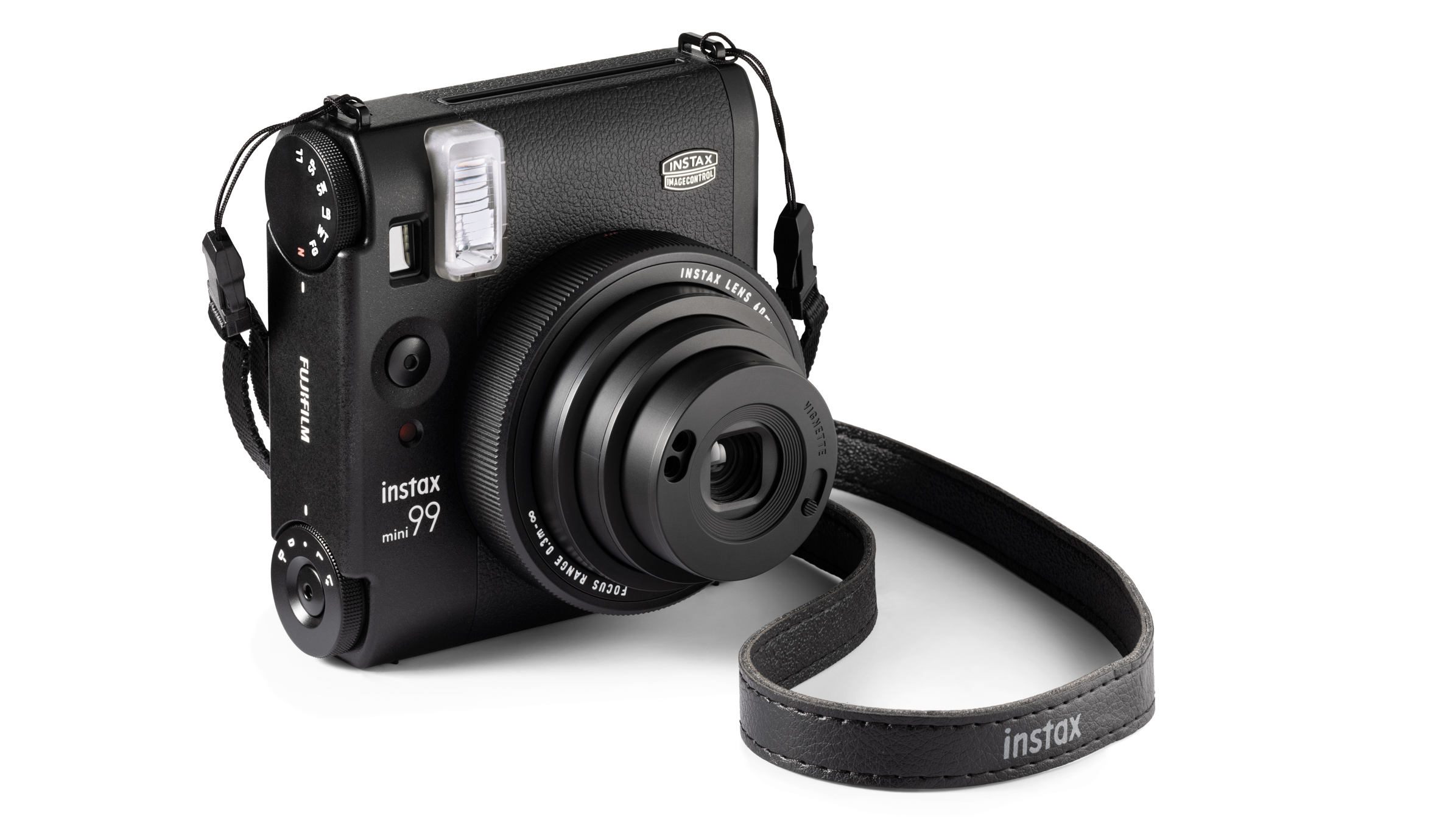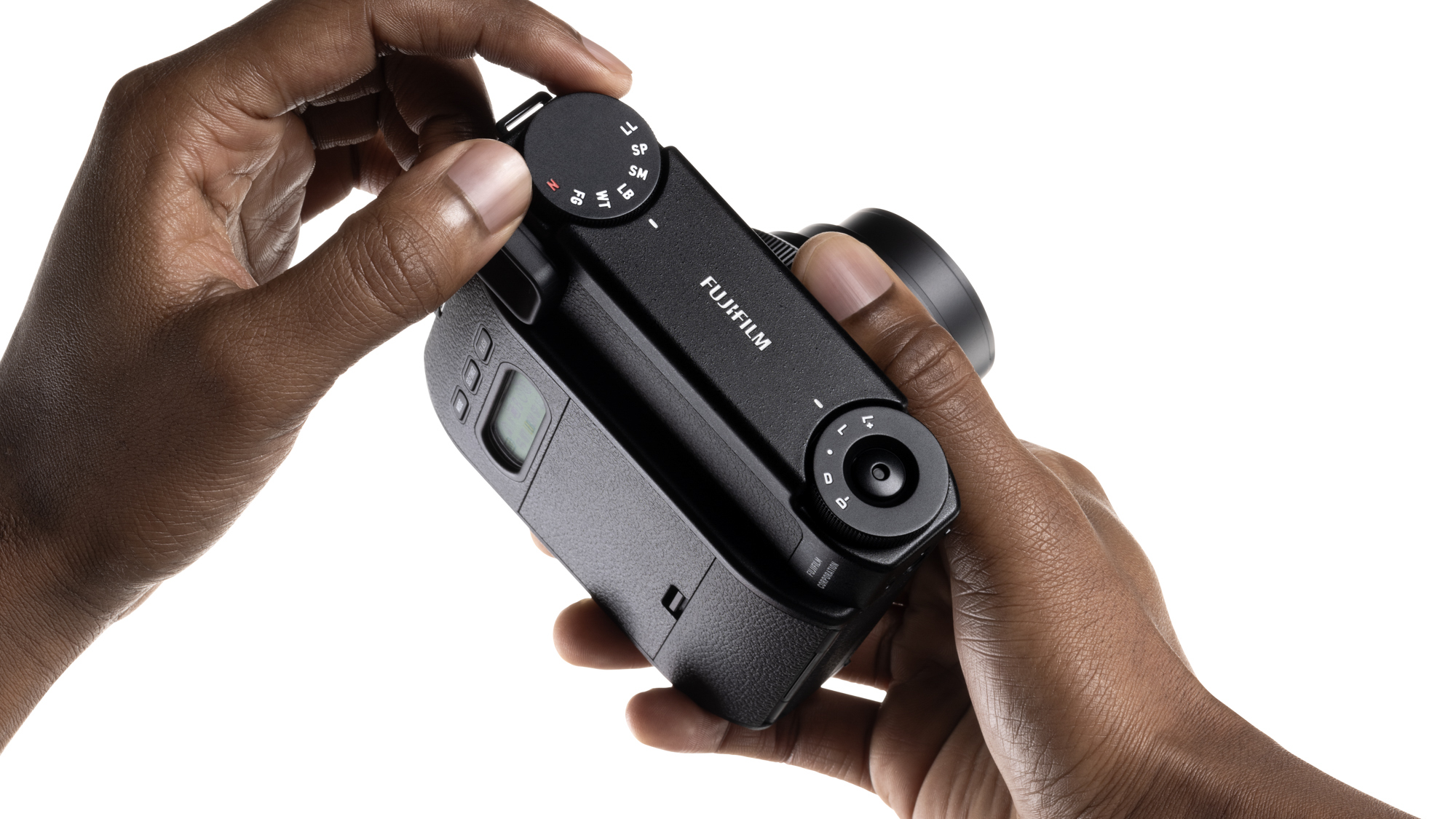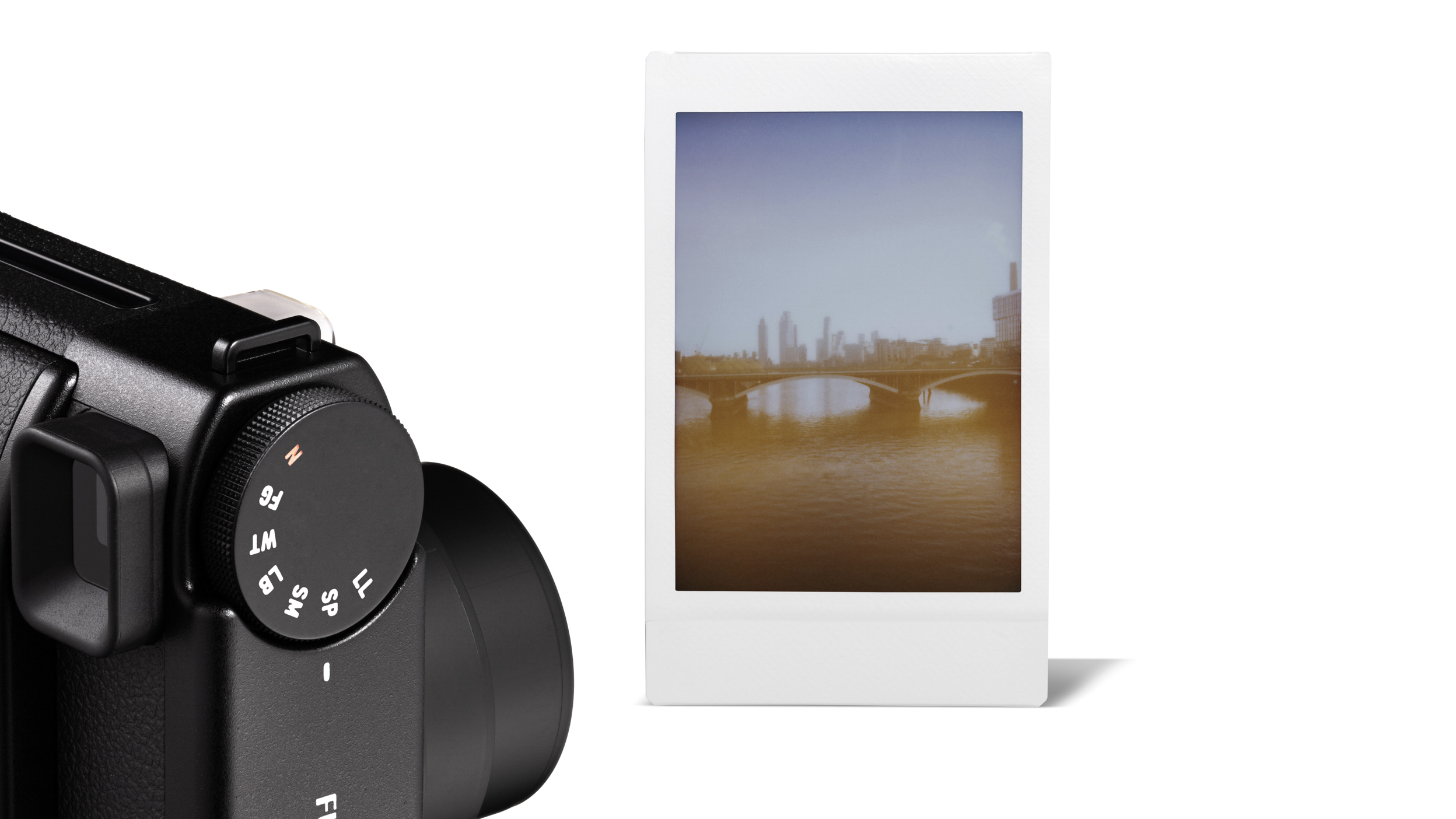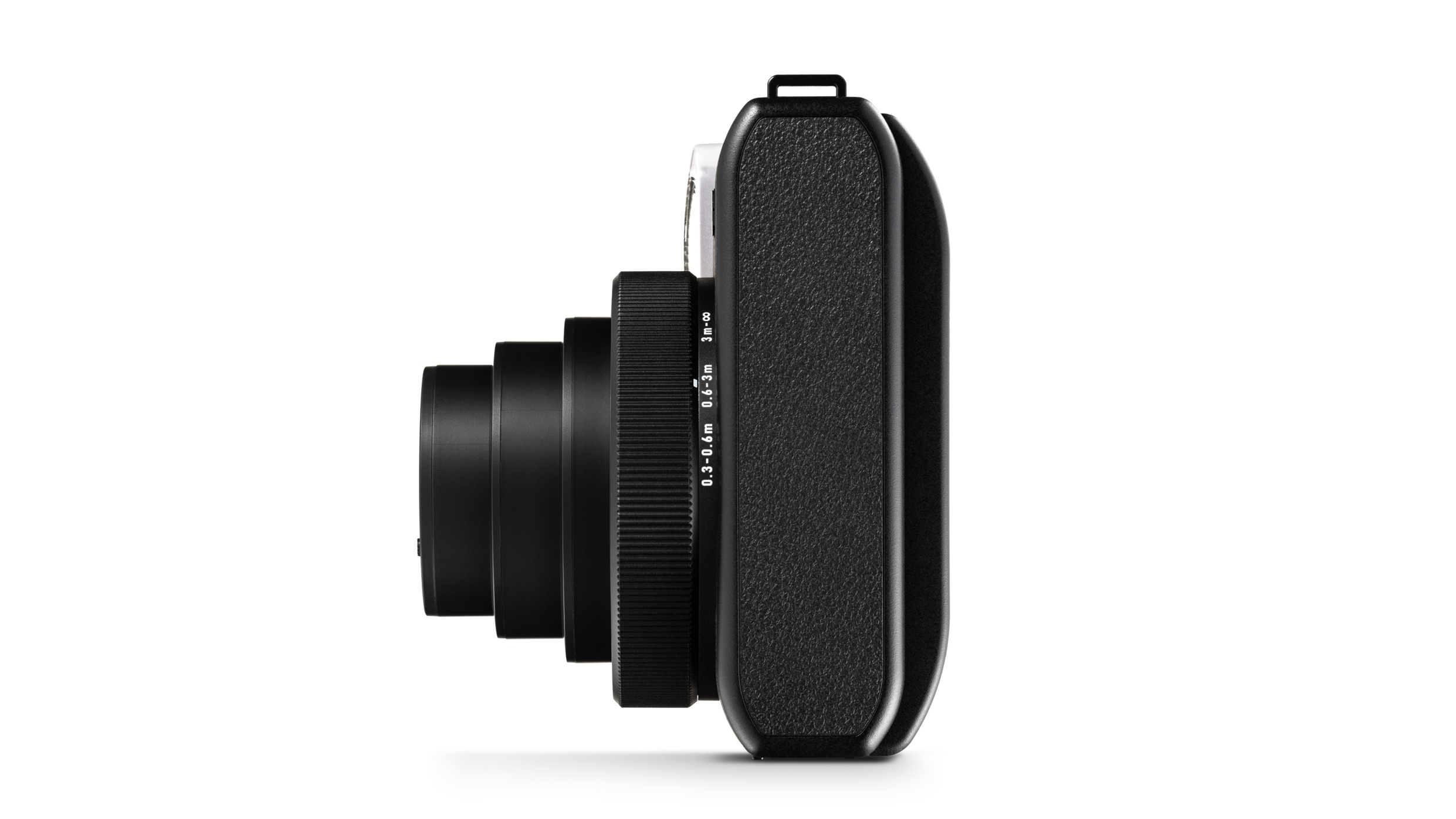Fujifilm's new flagship Instax Mini 99 instant camera boasts 'first-of-a-kind' creative color effects and more
The Instax Mini 99 offers more control and creativity than ever

Fujifilm Instax Mini instant cameras such as the popular Mini 12 are typically point-and-shoot beginner-level fun – everything is on auto, even the flash. That's changed in the new flagship model, the Instax Mini 99, which offers more creative control than ever.
It takes design cues from the Instax Square 40, but as its name suggests the Mini 99 uses the smaller Instax Mini film, plus it features a host of creative controls that you can use to enhance your instant prints, such as color effects and a vignette.
Fujifilm labels the Instax Mini 99 as a flagship model, and at $199.99 / £174.99 / AU$279 it isn't cheap – most Instax Mini models, like the Mini 12, are around half that price. However, the Mini 99's 'first-of-a-kind' creative effects utilize advancements in instant photography technology to create what could be one of the best instant cameras yet.



If you take a look at the Instax Mini 99 photos below, you can see various dials on the top of the camera – these are manual controls for exposure and new creative color effects. A camera like the Mini 12 has a photo button and that's about it, but the Mini 99 allows you to manually adjust exposure to suit the brightness levels of the scene, while the new color effect mode offers six different looks.
Fujifilm says the color effect feature is "Driven by LED lights within the camera, the feature exposes the chosen colour onto the Instax Mini instant film, for a one-time-only unique photo." You can choose between Faded Green, Warm Tone, Light Blue, Soft Magenta, Sepia, and Light Leak effects.
- Available in the US from Adorama for $199.95
- Available in the UK from Jessops for £174
A switch on the front of the lens can add a vignette effect that darkens the edges of your print to make the central subject stand out more, and there are three focus modes to help you focus on subjects more easily, which you select by twisting the lens dial: Macro Mode focuses on subjects between 0.3 and 0.6 meters from the camera, Standard Mode focuses at between 0.6 meters and 3 meters, and Landscape Mode focuses at 3 meters and beyond.





On the camera's rear is a simple shot-count monitor, plus three buttons: shooting mode, flash mode, and self timer. The latter is handy for selfies, especially as the Mini 99 comes with a useful grip that doubles up as a tripod mount for hands-free shooting – you will need a tripod though. Shooting modes include double exposure, which combines two photos into a single print, plus various scene modes that set a suitable shutter speed depending on your subject – for example, sports mode freezes the action.
Sign up for breaking news, reviews, opinion, top tech deals, and more.
The Instax branding on the camera includes the words 'Image Control'. Indeed, the Mini 99 has plenty to sink your teeth into – a healthy mix for users of all skills levels, from quick color effects to manual exposure and focus control. This could be the instant camera that keeps calling you back for more, where other simpler offerings often start gathering dust once the first pack of film is used up.
We've been enjoying some hands-on time with the Instax Mini 99, and we'll be sharing our review of the camera after seeing what the latest flagship model is like to use. It's not quite the Polaroid I-2, but the early signs are good – there's more depth to the Mini 99 than its low-cost siblings.
Alongside the Instax Mini 99, which is available from April 4, Fujifilm has launched two accessories – a black camera case that's purpose-built for the Mini 99 and costs £21.99, and a black photo album that holds Instax Mini prints and costs £11.99. There's also a new Instax Mini 'Photo Slide' film, which costs £8.99 for a pack of 10 prints
You might also like

Tim is the Cameras editor at TechRadar. He has enjoyed more than 15 years in the photo video industry with most of those in the world of tech journalism. During his time as Deputy Technical Editor with Amateur Photographer, as a freelancer and consequently editor at Tech Radar, Tim has developed a deeply technical knowledge and practical experience with cameras, educating others through news, reviews and features. He’s also worked in video production for Studio 44 with clients including Canon, and volunteers his spare time to consult a non-profit, diverse stories team based in Nairobi. Tim is curious, a keen creative, avid footballer and runner, and moderate flat white drinker who has lived in Kenya and believes we have much to enjoy and learn from each other.